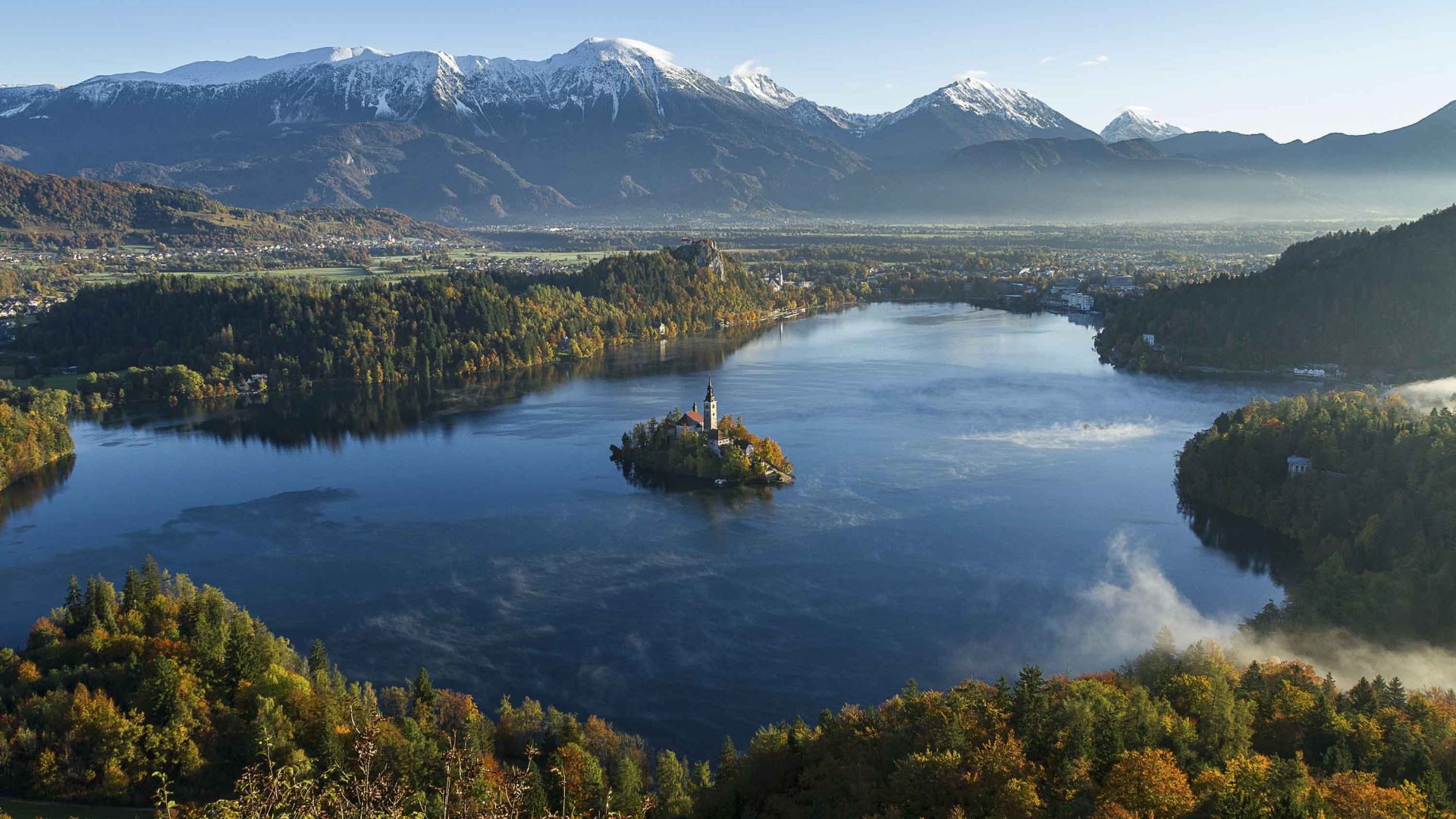
While biking and walking around Slovenia, writer Tracey Croke caught onto something: Slovenians seem to just “get” sustainable living. Turns out, gentle living and travel habits are part of a long-standing culture in this central European country.


While biking and walking around Slovenia, writer Tracey Croke caught onto something: Slovenians seem to just “get” sustainable living. Turns out, gentle living and travel habits are part of a long-standing culture in this central European country.
It’s late afternoon in Slovenia’s leafy capital of Ljubljana. At a riverside café, I’m smirking at my branded glass of LOO-BLAH-NAH Gold Ale. The brewery’s use of SHOUTY CAPS is a cheeky nod to the common struggle visitors have in pronouncing the city of silent ‘J’s. Clearly, I’m not the first to miserably fail.
The word tickles me so much that I want to adopt it to write across those little green messages increasingly left in hotel bathrooms: “Save the planet: reuse towels.” Loo-blah-nah! Research shows that 90 percent of us want to travel better and half will pay more for more sustainable options. However, attracting the conscientious traveler coin is becoming a big greenwashing business. Cue the sustainable (cough; cost-saving) choice to opt out of room service, and let the expensive plastic bottles of water sit in the minibar.
Meanwhile, I can just chill out with my beer. The central European country of limestone peaks, vast forests, majestic cave systems and turquoise glacial lakes has been doing the environmental heavy lifting for travelers since 2015, with the enactment of the Slovenia Green program. Ljubljana is just one of 59 destinations (along with 143 accommodations, 61 restaurants, and a bunch of activities) that have been put through the wringer to prove that they are less impactful on the planet than other options.
But what does that really mean?

Slovenia Green destination members must jump a high sustainable bar set by the Netherlands-based Green Destinations Foundation (GDF), which follows the UN’s SDGs (Sustainable Development Goals). Accommodation must have a recognized accreditation determined by the program. On top of that, Slovenia Green runs audits—currently every three years.
Wedged between the two diverging climates of the Alps and the Mediterranean, this small Adriatic enclave of two million people punches well above its weight when it comes to protected natural resources. Covering 40 percent of its territory, Slovenia has the highest proportion of protected Natura 2000 sites (most valued habitats) in the European Union.
Andrej Kirbiš, Associate Professor at the Department of Sociology at the University of Maribor says his research has found that most Slovenians are “green-oriented” in their regard for nature.
In 2016, the country became the world’s first certified green destination, achieving 96 percent compliance across 100 criteria set by the GDF. It ranks fourth out of 169 nations on the Good Country Index for its contributions to the planet and climate.
“We’re a nation that likes to spend most of our free time outside,” says guide Blaz Harej on a mountain bike trip through the country’s Julian Alps. Forests dominate 60 percent of the landscape, so nature is never far away. Over seven days riding gnarly limestone trails, we cover more ground about life in Slovenia. One in four Slovenians own a piece of forest, “mostly for personal use, passed down through families,” Harej explains. If a tree is chopped down for firewood or repair on the home, another will be planted. “Forests are still expanding here.”
While stuffing my face with artisan cheeses bought from a shepherd’s hut in a chilly alpine pasture, I quiz Harej on a couple of observations. Like, why couldn’t I find a coffee KeepCup in Ljubljana? “We don’t have a big takeaway culture,” he counters. “Slovenians still like to sit in cafés, so we don’t need those.”
Another pickle is a notable lack of vegetarian options in restaurants. As an omnivore who prioritizes vegetables over meat, I crave the crunch of fresh salad with my—albeit delicious—meaty dishes. So why the raised eyebrow in (some) restaurants when I ask for a side of greens?
Andrej Kirbiš, Associate Professor at the Department of Sociology, University of Maribor says while most Slovenians are “green-oriented” in their regard for nature, his research found diet is a more divided story: Slovenian youth are relatively pro-environment, but most adults have “rather traditional attitudes” he says. As an example, Kirbiš cites the major public backlash when the government suggested a new law to introduce a vegan meal option in primary schools.
The irony in that story is, since independence from the former Yugoslavia in 1991, Slovenia shifted from a mostly plant-based diet towards a less sustainable meat attachment culture in line with other wealthier countries. Harej, a vegan, agrees when it comes to the luxury of eating out, veg-savvy chefs are scarce and response to a growing vegetarian demand has been slow.
Having said that, opinions are loyally realigned about buying local—emotionally so when it comes to honey. “If there’s one single thing we all agree on, it’s the respect we have for our beekeepers,” Harej says. “If it’s not Slovenian honey—no thank you—people won’t buy it. They don’t care if it costs less.”
“Nobody imagined sustainability would be special here. That’s nothing new—it’s how we live our lives.”
- Grega Silc
Bees are buzzing deliriously in the wild garden of wellness retreat Villa Planinka—a boutique hotel in the Jezersko Valley. Honey from a local beekeeper features regularly on the spontaneous and seasonal dinner menus. I try bee pollen ice cream, which has a floral, nutty, malty tang. It’s estimated that one in 200 Slovenians keeps bees—the world’s highest per capita. Apiculture is a skill passed down through generations and recognized by UNESCO as a “way of life”.

Jezersko’s jaw-dropping karsts keep me company on a hike through buttercup-crowded meadows that I have completely to myself. I would put up good money for the pure alpine air alone.
Dr. Aleš Smrekar, Head of Environmental Protection at Anton Melik Geographical Institute, thinks past policy impacted today’s pristine nature. In socialist times, a ten-hectare cap on farms meant Slovenia was spared the environmental harm of large-scale production: “And they didn’t use so many chemicals,” Smrekar notes. “It’s also not easy to build here because so much of the country is protected.”
Small seems to be the keyword repeatedly coming out of this European pocket. In Triglav National Park, Maja and Grega Silc invite me to walk barefoot and bathe in their family-inherited patch of woodland. The Silcs and their two young daughters balance life between a house in the Bohinj Valley and their forest cabin. “Imagine roots are coming from our bodies, growing into the ground and discovering what is there,” Maja says, as I gently sway in a hammock to the forest’s rhythmic sounds.
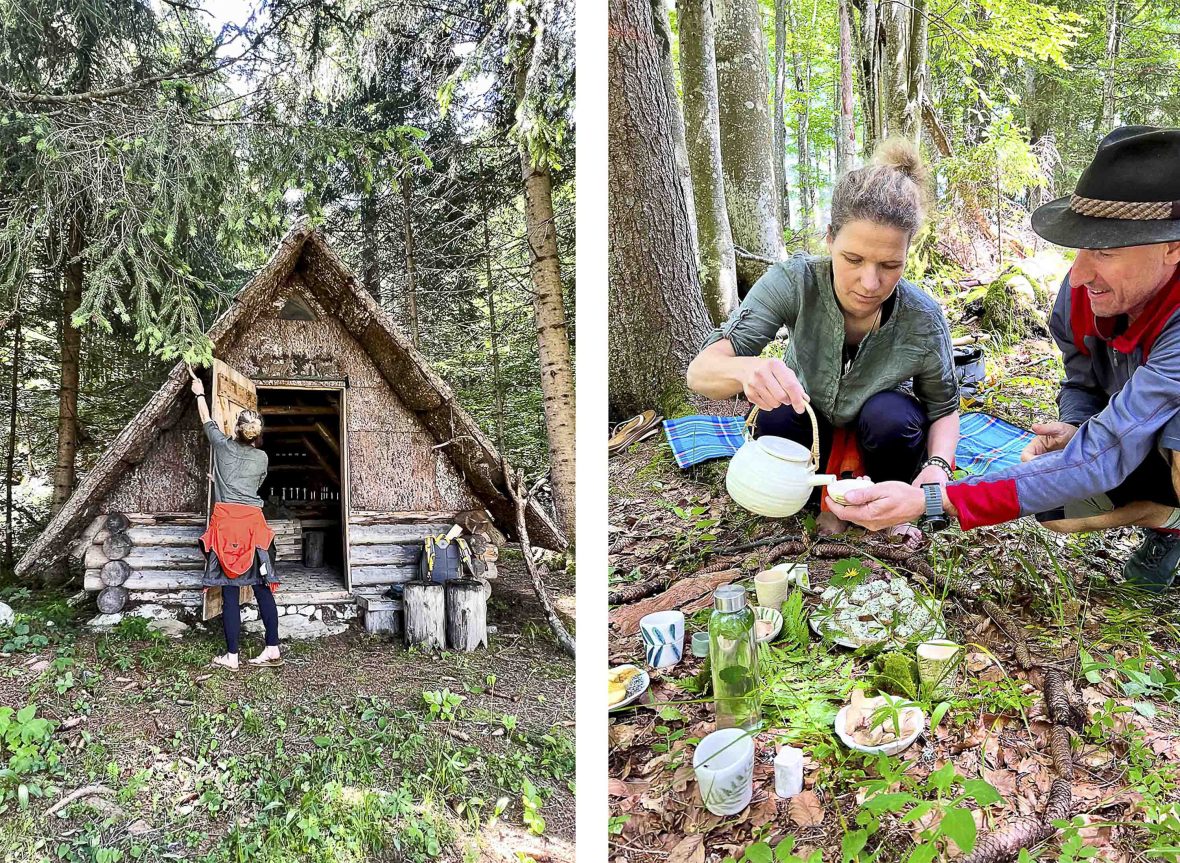
Deadwood from the forest has been brought back to life as a beautiful bark-covered traditional hut where guests can chill around the fire under shelves of homemade spruce-tip snaps and jars of foraged wild herbs. I try wild mint tea in soulfully wonky handmade pottery. “Nobody imagined sustainability would be special here,” says Grega. “That’s nothing new—it’s how we live our lives.”
As the encouraging mantra goes: Sustainability is a journey. It seems Slovenia started it a long time ago. I leave with an overwhelming feeling that the country should take a leaf out of the LOO-BLAH-NAH brewery book, and shout about its green stuff more.
***
Adventure.com strives to be a low-emissions publication, and we are working to reduce our carbon emissions where possible. Emissions generated by the movements of our staff and contributors are carbon offset through our parent company, Intrepid. You can visit our sustainability page and read our Contributor Impact Guidelines for more information. While we take our commitment to people and planet seriously, we acknowledge that we still have plenty of work to do, and we welcome all feedback and suggestions from our readers. You can contact us anytime at hello@adventure.com. Please allow up to one week for a response.
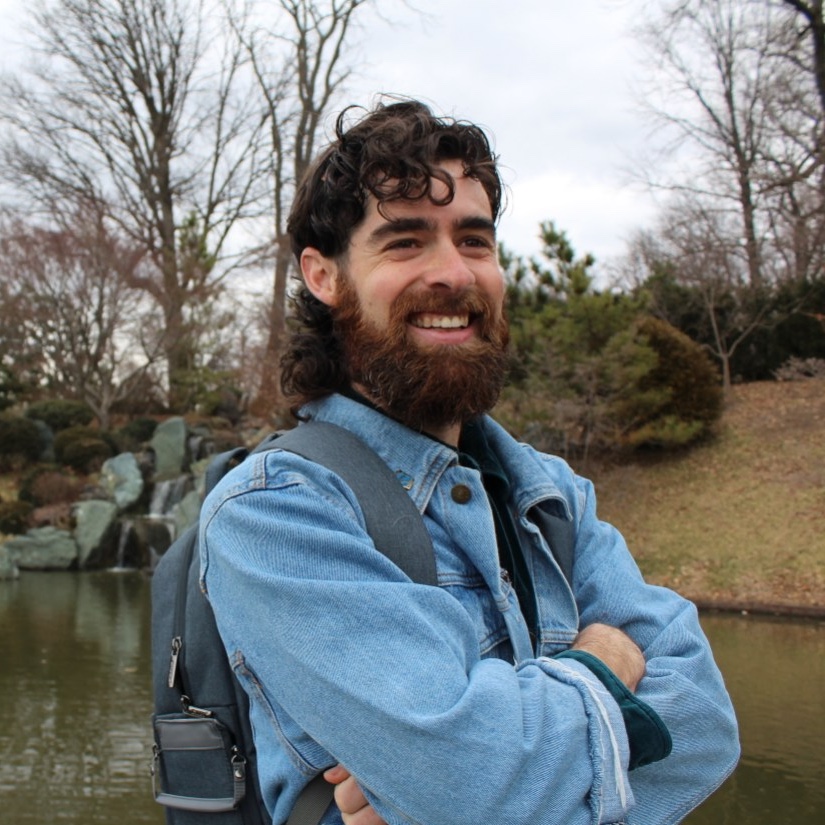

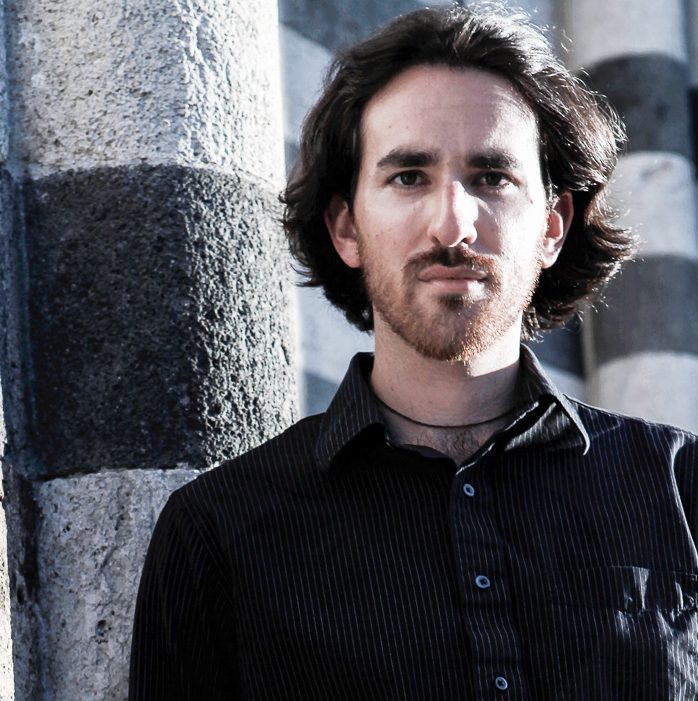

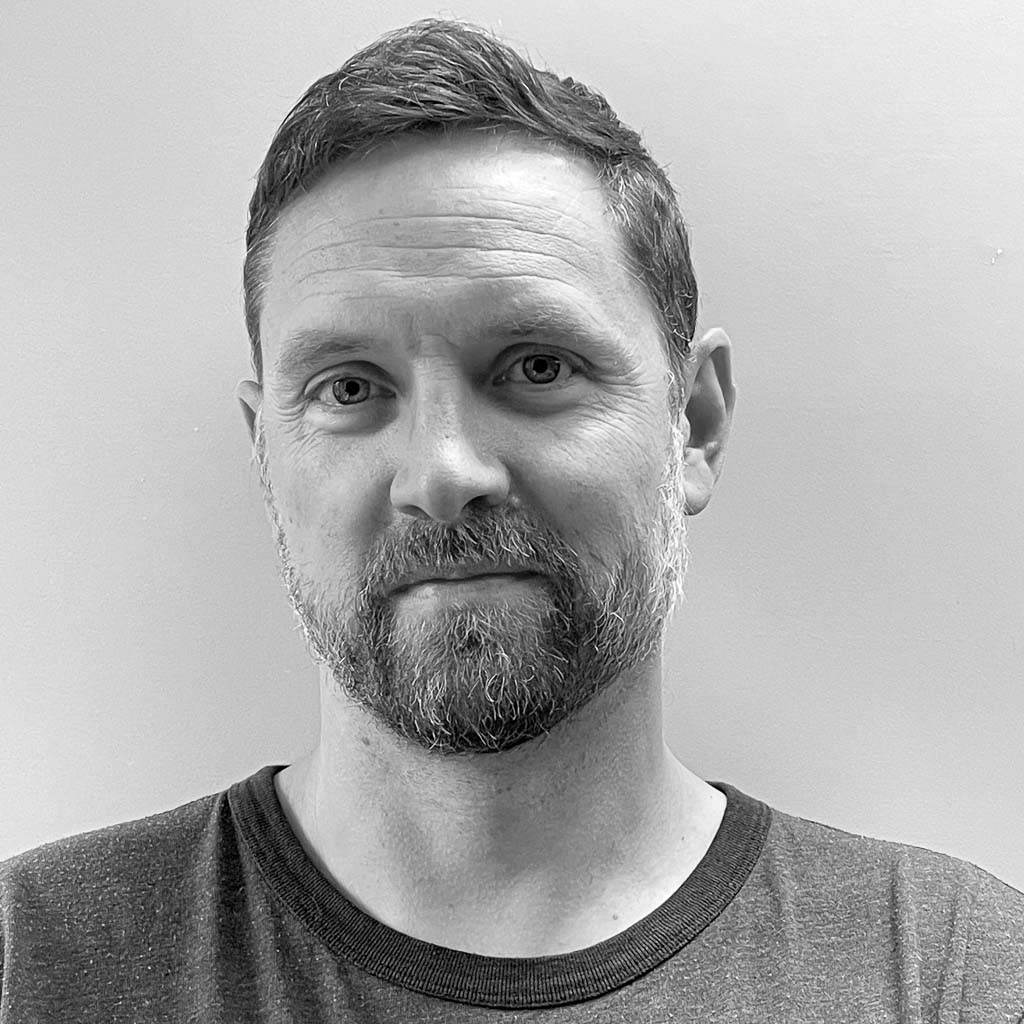



Can't find what you're looking for? Try using these tags: